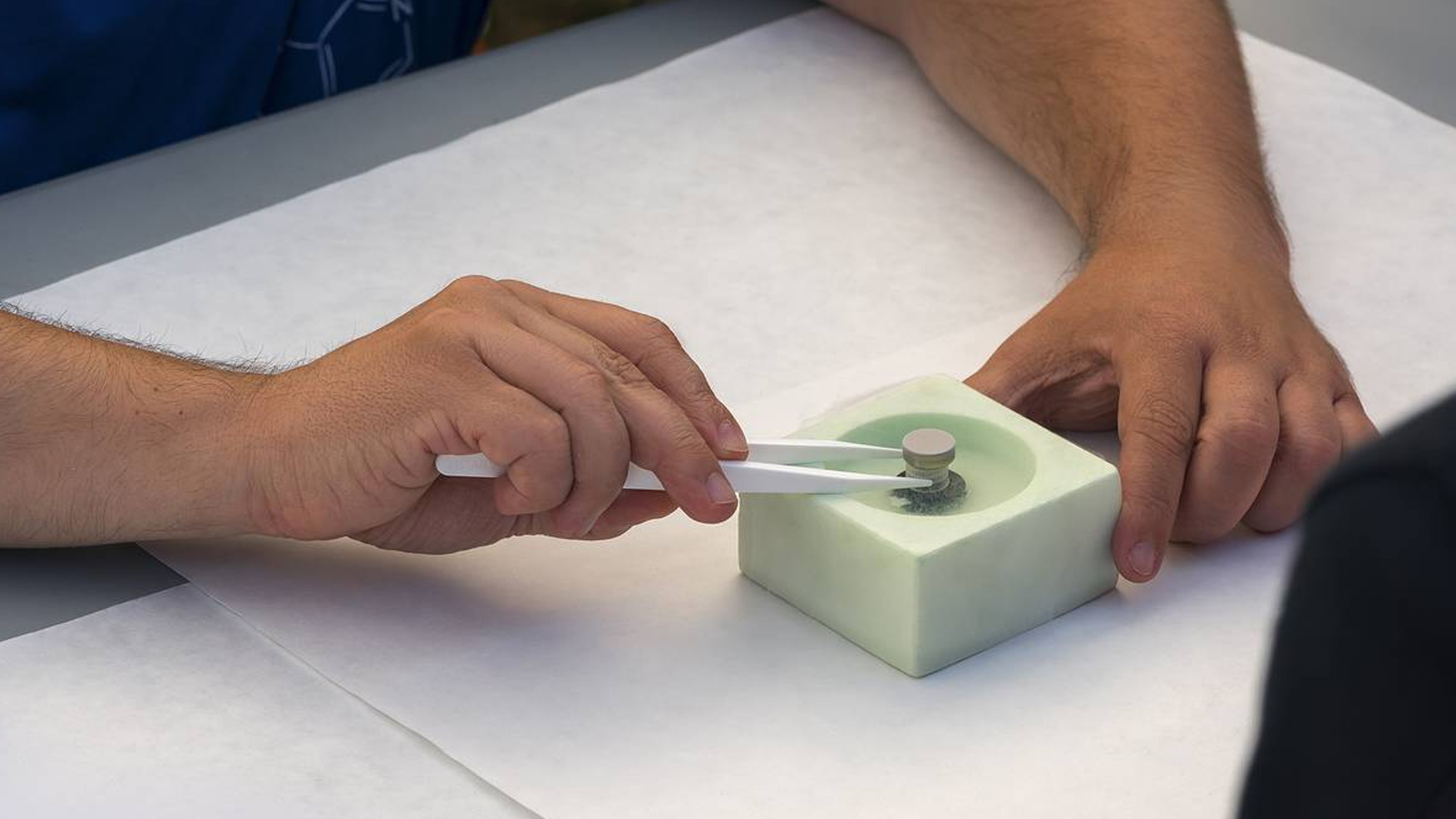Very complex behaviour is obtained when dealing with HTS materials, as mentioned, particularly in 3D configurations and/or combined with heterogeneous functional and structural materials. HTS problems are intrinsically multiphysics, due to strong thermal and mechanical dependencies e.g. on the electromagnetic performance of HTS wires. Numerical modelling is thus an essential tool for the design, simulation and assessment of practical HTS devices. Advanced computation techniques, like distributed and high-performance computing, still need to be developed and exploited in order to cope with the huge computational effort that routinely arises when dealing with HTS numerical problems of practical interest, requiring e.g. 3D analysis.
Models of HTS devices need to be developed in the form of equivalent circuits for system-oriented approaches. The development of disruptive modelling approaches, like those originated from data science/machine learning field, that can reduce dramatically computation times and effort, with acceptable precision for applications, is a challenge addressed in this Action. A few first steps are found in the literature, although with limited, incipient results, from the ambitious perspective of Hi-SCALE.
Contact person: Dr. Nicolò Riva (nicolo.riva@epfl.ch)




